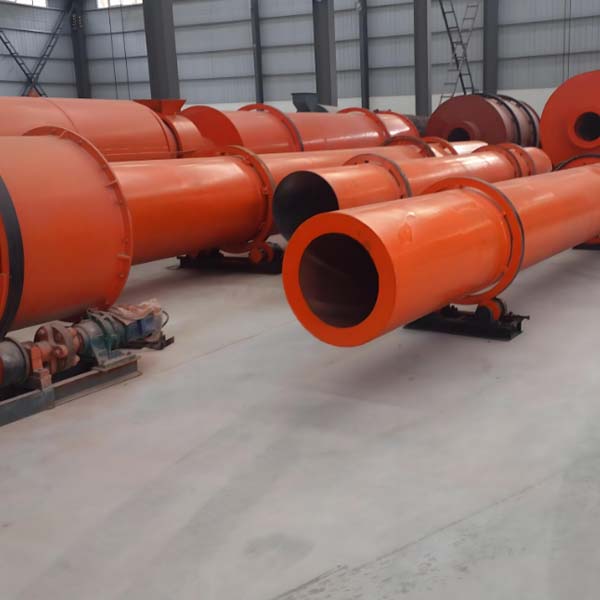SEARCH WHAT YOU WANT
Search allProductNews
SEARCH
There are various types of dryers, including grain/box/continuous/industrial drying, with diverse drying materials and multiple options for heat sources such as electricity, wood, and biomass pellets.




This website uses cookies to improve your browsing experience. By continuing to use this site, you accept the use of our cookies. Data collected from this website is processed and stored in the United States.